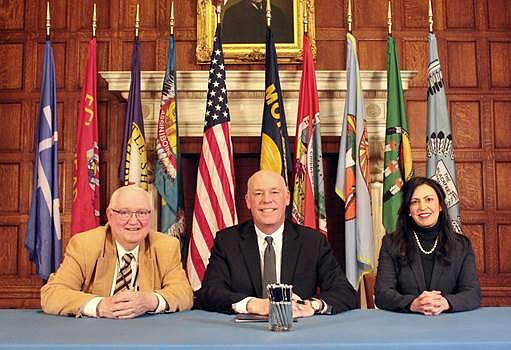Voter ID bill becomes law
A push to revise voter identification requirements culminated earlier this week when Gov. Greg Gianforte signed Senate Bill 169....
Become a Subscriber!
You have read all of your free articles this month. Select a plan below to start your subscription today.
Already a subscriber? Login



